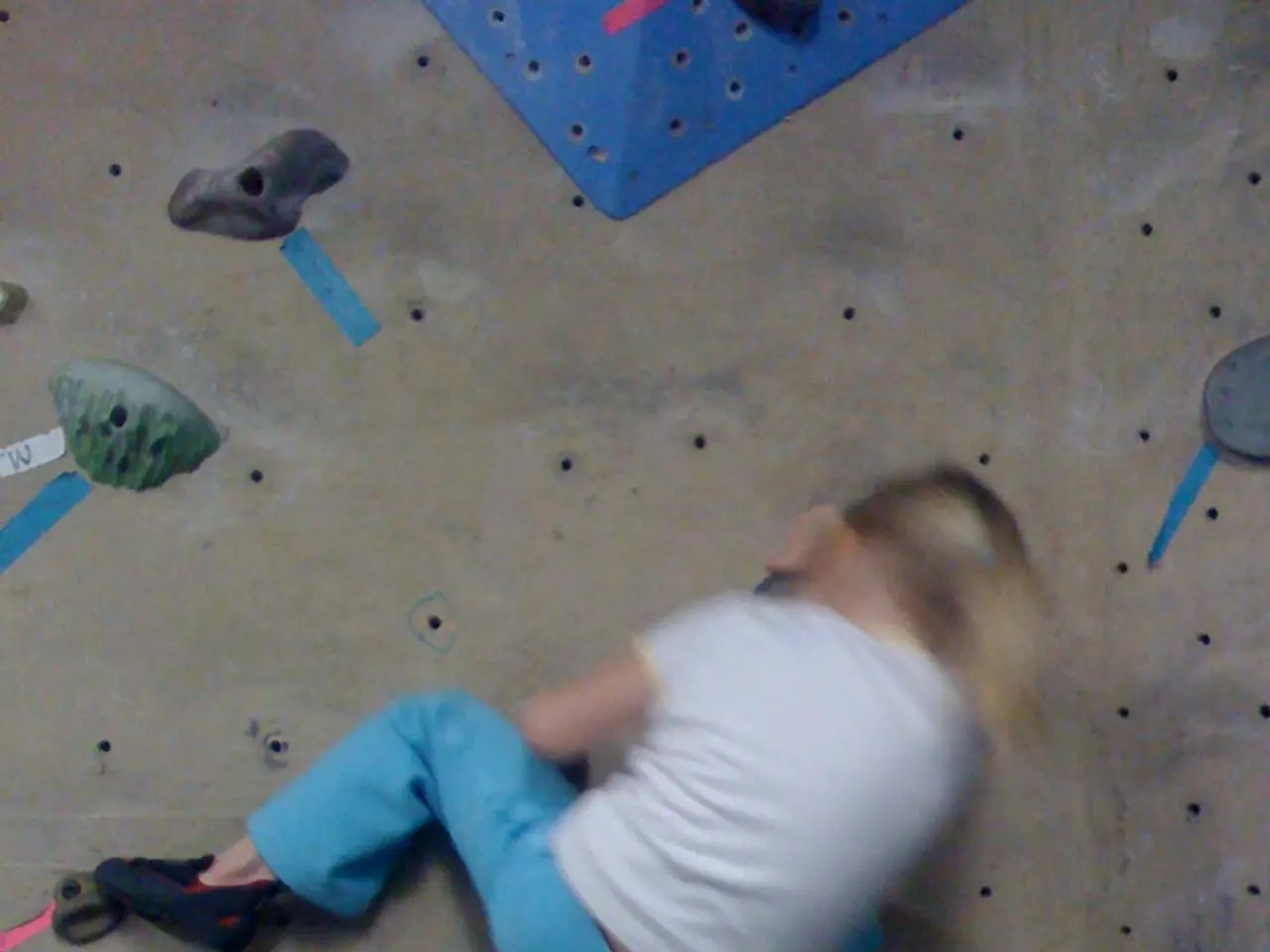Surgical Procedure of Corpus Callosotomy in Lennox-Gastaut Syndrome: Reasons and Outcomes
Improved Seizure Control Through Corpus Callosotomy for Lennox-Gastaut Syndrome
A significant advancement in the treatment of Lennox-Gastaut Syndrome (LGS), a rare and complex condition that primarily affects children under the age of 10, is the corpus callosotomy (CC) procedure. This surgical intervention, performed by a specialist neurosurgeon under general anaesthesia, has proven to be relatively safe and effective for managing severe epilepsy, including LGS, particularly for patients who suffer from atonic seizures.
LGS is characterized by abnormally slow sleep waves on an Electroencephalogram (EEG) and multiple types of seizures. Tonic seizures are the most common type in LGS, occurring most frequently during non-REM sleep. Atonic seizures, or drop attacks, are a type of seizure associated with LGS where a person suddenly loses control of their muscles and falls to the ground without warning.
Before the procedure, extensive assessments are carried out to evaluate the patient's health and identify how seizures spread. This includes blood tests, brain imaging, and an EEG.
The corpus callosotomy procedure involves the safe cutting of the corpus callosum, a bundle of nerve fibers connecting the left and right sides of the brain. This interruption of the spread of seizure activity between the brain hemispheres results in a significant reduction in seizure frequency, especially of drop attacks and tonic seizures.
Studies report postoperative disappearance or 100% reduction of generalized tonic-clonic seizures (GTCS) within one year, along with decreases in tonic and focal seizures. This palliative effect improves quality of life by controlling the most disabling seizures like drop attacks associated with LGS.
Total corpus callosotomy (complete sectioning of the corpus callosum) is more commonly performed in pediatric LGS patients to maximize seizure control. While disconnection syndrome (split-brain symptoms) is a risk in adults, children with LGS tend to tolerate CC better and may show neurological adaptation over time. Permanent postoperative neurological deficits are relatively low but present in a small subset of patients.
It's important to note that CC is considered palliative, not curative—it does not remove seizure foci. Some seizure activity may persist or recur via other neural pathways, so complete seizure freedom is unusual, but meaningful long-term reduction in seizure burden is well documented.
The surgery can significantly aid long-term disease management by decreasing fall risk and injury from drop attacks and by reducing seizure clustering, thereby potentially improving development and cognitive outcomes indirectly through better seizure control.
Short-term side effects after the surgery may include issues with coordination, speech, memory problems, and headaches, which should fade over time. Recovery from corpus callosotomy usually takes between 6 to 8 weeks.
Approximately 90% of children with LGS continue to have seizures into adulthood. Despite this, the surgery remains an important surgical option for drug-resistant LGS, offering durable and substantial seizure reduction, particularly beneficial for disabling seizure types typical of this syndrome, with an acceptable risk profile especially in pediatric populations.
References:
[1] Baulac, B., & Lhima, O. (2017). Epilepsy surgery: indications, techniques, and results. Neurological Research, 39(2), 109-119.
[2] Kramer, K. (2017). The role of corpus callosotomy in the treatment of Lennox-Gastaut syndrome. Current Neurology and Neuroscience Reports, 17(9), 76.
[3] Luders, H., & Wieser, H. (2019). Corpus callosotomy in the treatment of epilepsy. Handbook of Clinical Neurology, 166, 451-462.
[4] Scheffer, I. E., Berkovic, S. F., & Shorvon, S. D. (2017). Epilepsy: a practical approach for physicians. Oxford University Press.
[5] Trinka, E., & Wieser, H. (2017). Epilepsy surgery in children. Current Opinion in Pediatrics, 29(5), 591-598.
Read also:
- Trump's SNAP reductions and New York City Council's grocery delivery legislation: Problems for city residents highlighted
- Reducing dental expenses for elderlies in Sweden: Over 50% cut in charges for pensioners by the government
- Forty-year-old diet: A list of meal choices to savor
- Exiled Life's Conundrum: A Blend of Liberation, Disillusionment, and Distress





